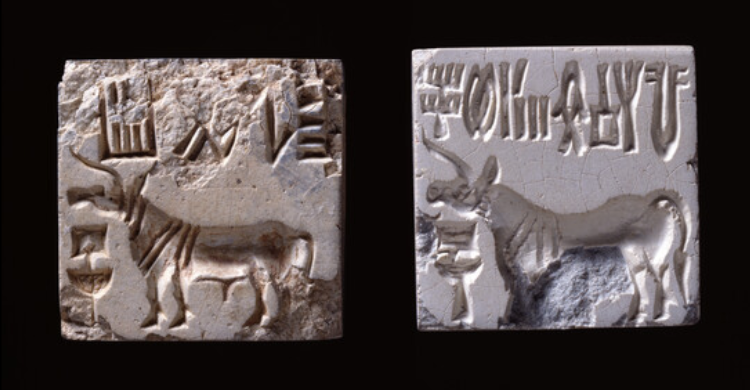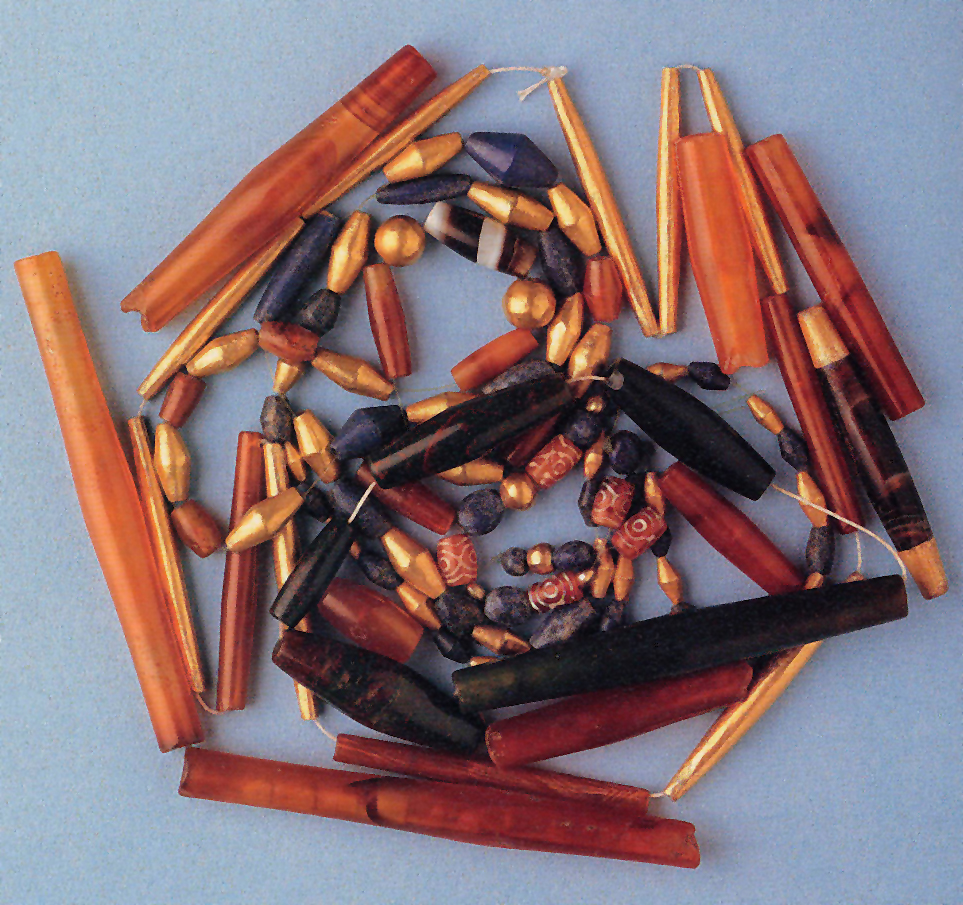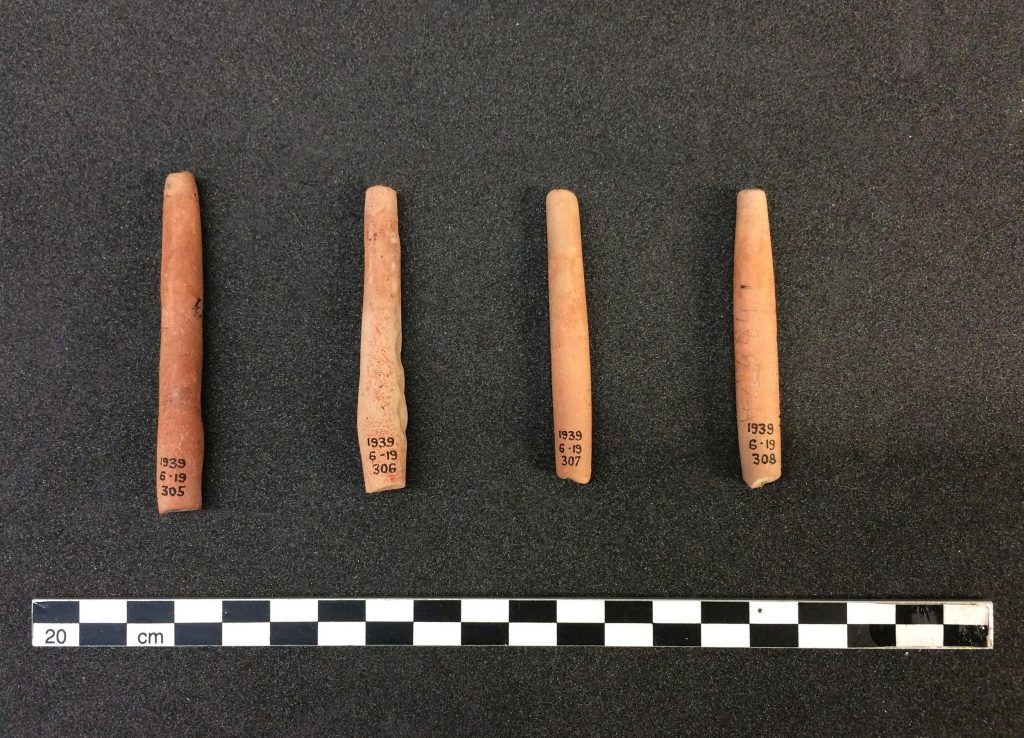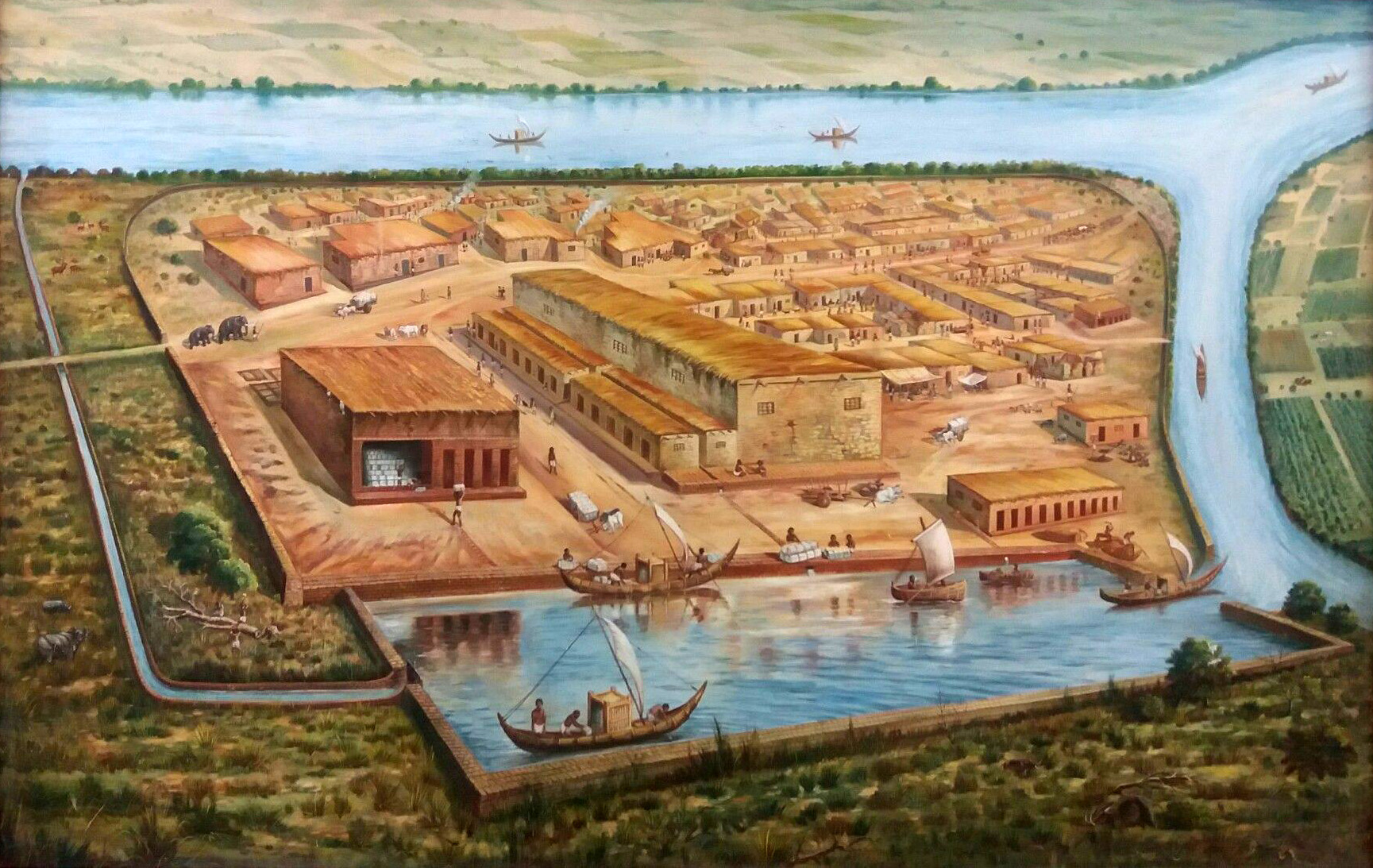During the 3rd millennium BCE the Indus Civilisation enjoyed thriving trade relations with Mesopotamia. The most important evidence of their connection are the Indus seals found in Mesopotamia. Merchants from the Indus Valley supplied the wealthy inhabitants of Mesopotamia with many special goods.

(© Ashmolean Museum, University of Oxford)
The most important of these were the beads made from precious stone in the region of the Indus Valley. The most valuable ones where the long carnelian beads. The production of these long, thin, orange, or reddish beads that widen in the middle required special technology and great expertise. Clear evidence of their manufacture is known only from the region of the Indus Civilisation.

The pieces found in Mesopotamia certainly were the results of long-distance trade. They were found on several sites, even among the grave goods of the so-called royal cemetery of Ur in Mesopotamia.


Not everyone could afford the elegant long carnelian beads. Those who were not rich enough to own jewellery made of special raw material with unique production technique, they wear simple terracotta beads of a similar shapes.

(© The Trustees of the British Museum)
Source of images:
1: https://www.ashmolean.org/collections-online#/item/ash-object-358397
2: https://commons.wikimedia.org/wiki/File:Moyen_Orient_3mil_aC.svg
3: https://www.britishmuseum.org/collection/object/W_1928-1009-117
4: https://www.britishmuseum.org/collection/object/W_1929-1017-126
5: https://www.britishmuseum.org/collection/object/A_1939-0619-308

